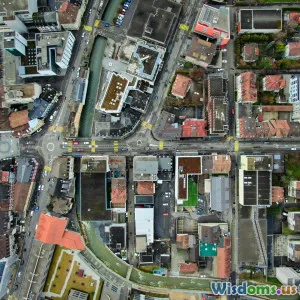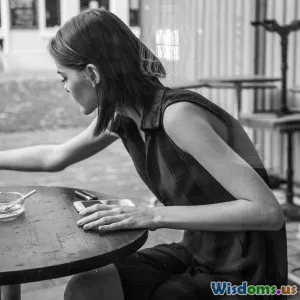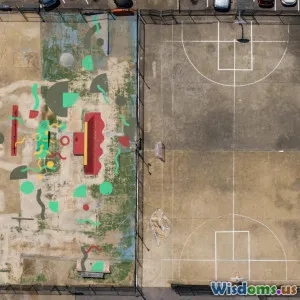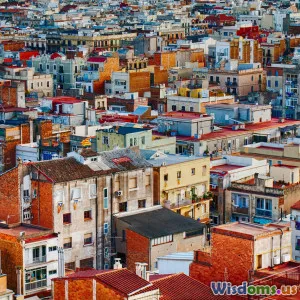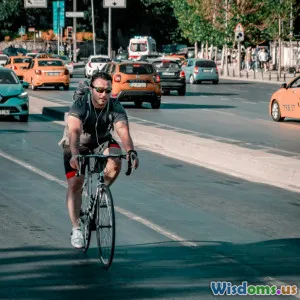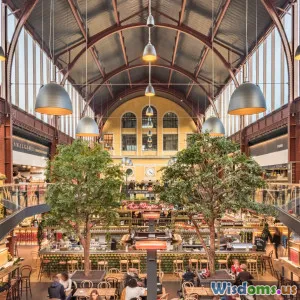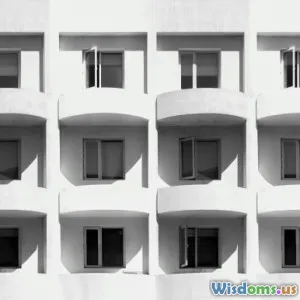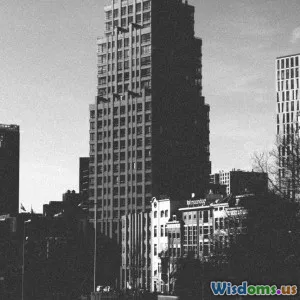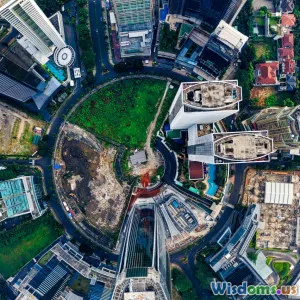
The Surprising Benefits of Narrow Streets in Downtowns
14 min read Explore how narrow streets enhance urban life, fostering walkability, community, and sustainability in downtown areas. (0 Reviews)
The Surprising Benefits of Narrow Streets in Downtowns
Urban landscapes often evoke images of wide avenues and sprawling boulevards bustling with traffic. However, a growing number of urban planners and city enthusiasts are re-evaluating this narrative. The comeback of narrow streets in downtown areas—once seen as relics from medieval eras—has revealed a range of unexpected benefits. These advantages ripple through social life, business success, public health, and even climate resilience, fundamentally shifting how we envision the city of tomorrow.
Human-Centric Design and Walkability
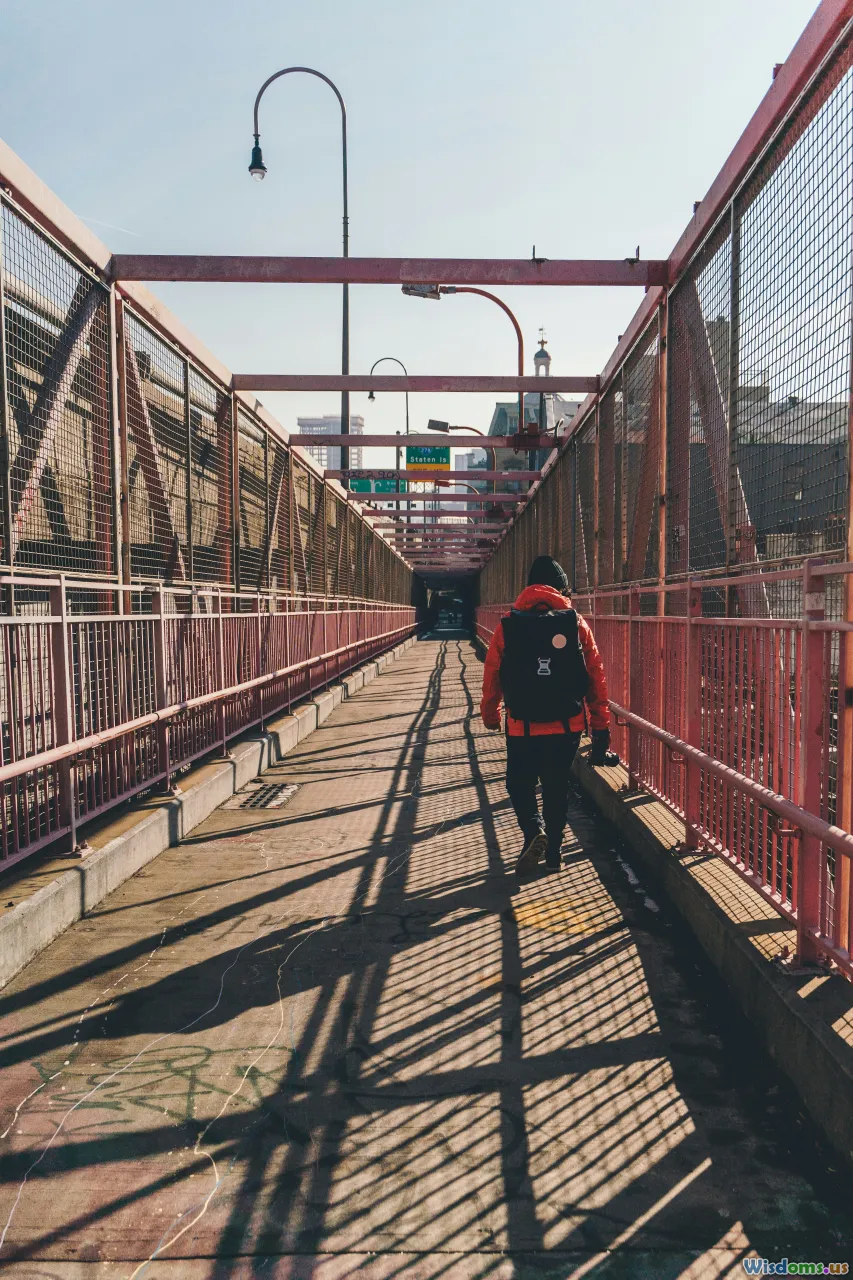
Perhaps the most notable feature of narrow streets is their people-first appeal. Unlike expansive, vehicle-dominated roads, these cozy corridors encourage walking and social interaction. Studies from organizations like the National Association of City Transportation Officials (NACTO) underscore that streets less than 30 feet wide consistently see higher foot traffic and lingering times among pedestrians. When spaces are designed at a human scale, they're inviting—motivating people to stroll, window-shop, and chat.
Take Paris’s Le Marais neighborhood, where winding, centuries-old lanes draw both locals and tourists. The tight paths force vehicles to slow down, giving right-of-way to pedestrians. Not only does this boost feelings of safety, it also enlivens the sidewalk with street performers, pop-up markets, and al fresco dining. Urban planners credit these environments for fostering spontaneity and community—a phenomenon urban sociologist Jane Jacobs called “the sidewalk ballet.”
Benefits At A Glance:
- Encourages walking and cycling
- Supports vibrant street life and local commerce
- Reduces vehicle speeds, increasing safety
Safety First: Reduced Speeds, Fewer Accidents
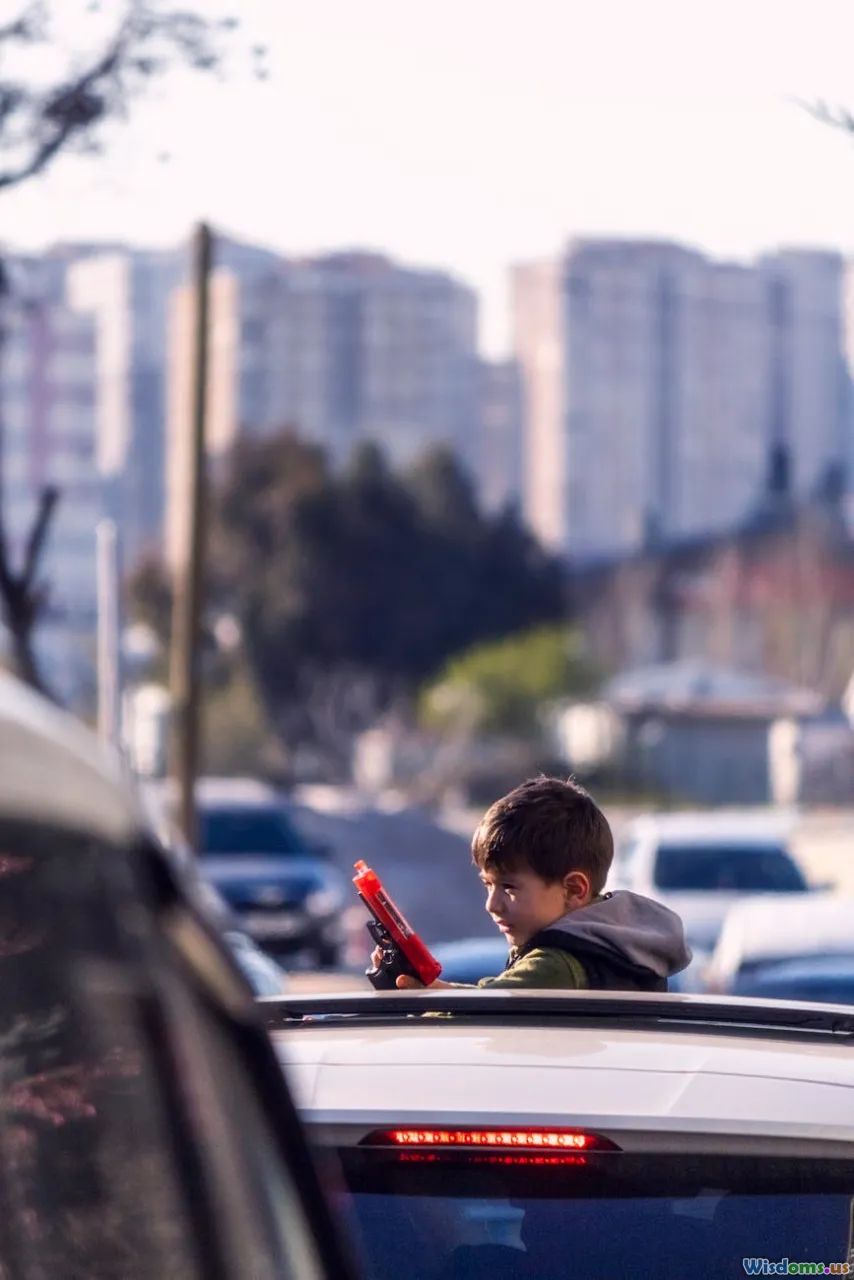
A lesser-known advantage of narrow streets is the fundamental impact on public safety. Wide roads, by design, invite higher speeds; narrower streets, in contrast, implicitly force drivers to slow down and maintain greater awareness. The World Health Organization reports that traffic fatalities dramatically decrease on streets engineered to limit car widths and encourage shared use.
For example, when San Francisco transformed some of its downtown arteries into narrower, pedestrian-prioritized spaces through its "Vision Zero" strategy, total injuries to cyclists and walkers dropped by over 30%. Cities like Amsterdam and Tokyo also serve as benchmarks, proving that narrow streets can coexist with urban density while maintaining some of the world’s lowest traffic mortality rates.
Actionable Tips:
- Employ raised crosswalks and curb extensions on narrow streets to reinforce the pedestrian zone.
- Use street trees and planter boxes as natural traffic calming devices.
- Design for mixed use, encouraging street traffic to slow organically due to visual interest and activity.
Boosts to Local Business and Placemaking
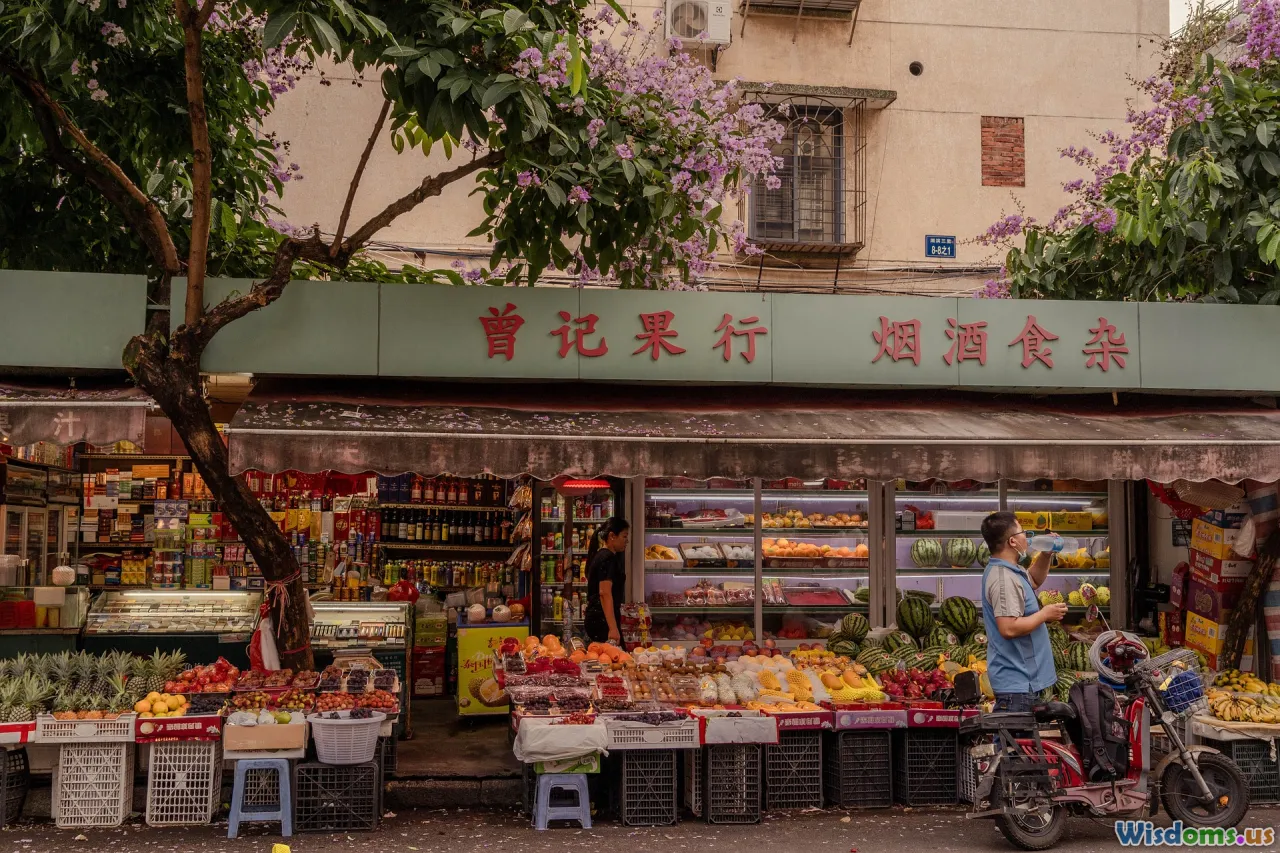
Narrow streets have a potent, positive effect on the local economy. Because these streets amplify foot traffic and create an intimate, immersive environment, small businesses often report increased sales and engagement. In Barcelona’s El Born district or the historic streets of Kyoto, merchants rely heavily on the curiosity and comfort of stroll-by customers.
A case study by Project for Public Spaces found that retail strips on streets less than 25 feet wide outperformed similar stores on wide avenues by as much as 60% per square foot. Independent cafes thrive with outdoor seating, pop-up shops can affordably set up in tiny nooks, and nighttime economies blossom in these walkable, well-lit environments.
How Businesses Can Leverage Narrow Streets:
- Invest in eye-catching signage and outdoor seating.
- Collaborate with neighbors for communal events (e.g., sidewalk sales, festivals).
- Cultivate relationships with returning pedestrians through loyalty incentives—repeat foot traffic is frequent and local.
Environmental Impact: Cooling and Greening The City
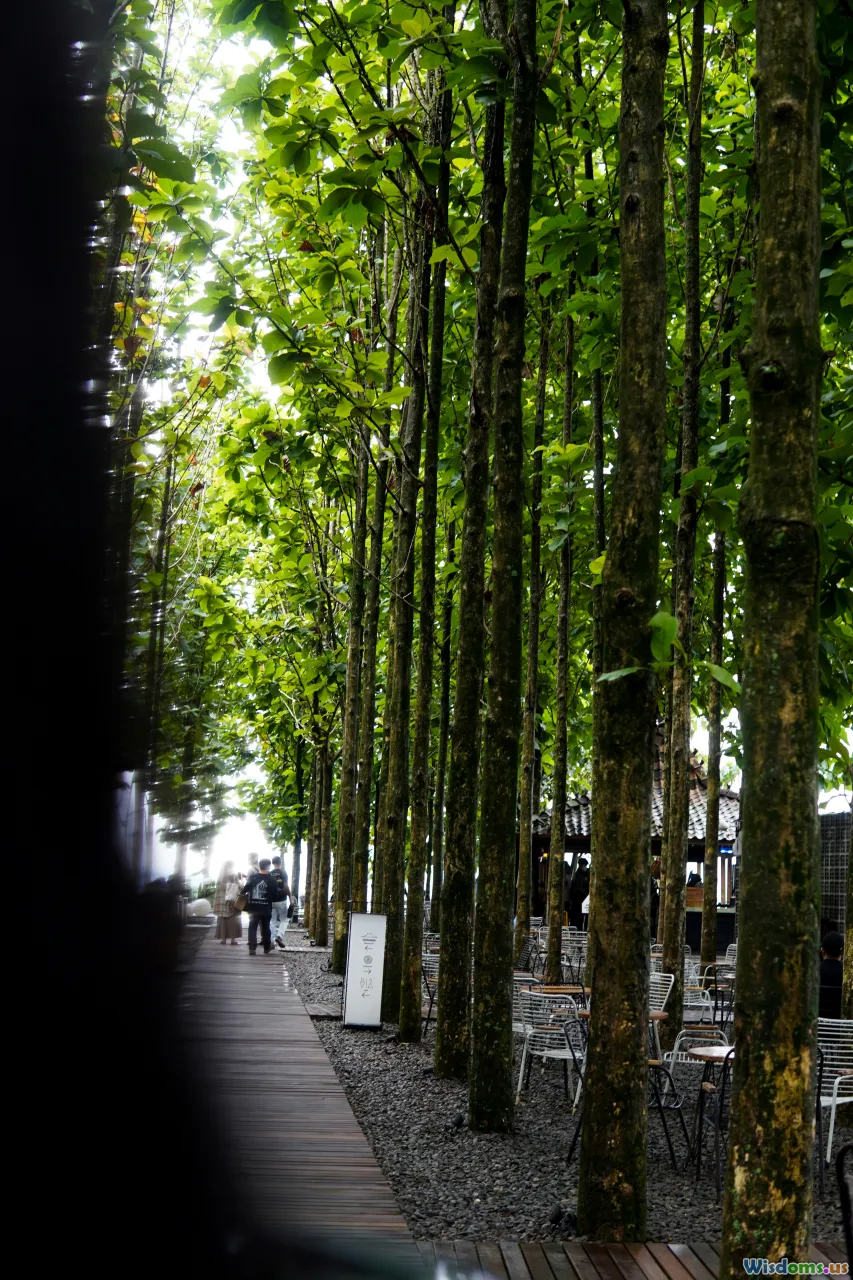
Urban heat islands—areas where city temperatures soar due to dense pavement and insufficient greenery—are mitigated by narrow street design. These streets support greater canopy coverage because the distance between buildings is smaller, making the microclimate more pleasant.
Philadelphia’s Green Streets program invested in retrofitting historic avenues with bioswales, permeable pavers, and tight groves of trees. The result? On summer afternoons, ambient temperatures were, on average, 5 degrees Fahrenheit lower than on adjacent broad streets.
Narrow lanes also reduce the total surface area dedicated to impermeable asphalt, making room for pocket parks, raised planters, and rain gardens. These ecological inserts not only help with stormwater management but also encourage pollinators and local biodiversity.
Implementation Checklist:
- Maximize street tree canopy and vertical gardens.
- Encourage buildings to feature green roofs or facade plantings facing narrow lanes.
- Use lighter-colored paving materials to reflect heat.
Social Equity, Inclusion, and Vibrant Diversity
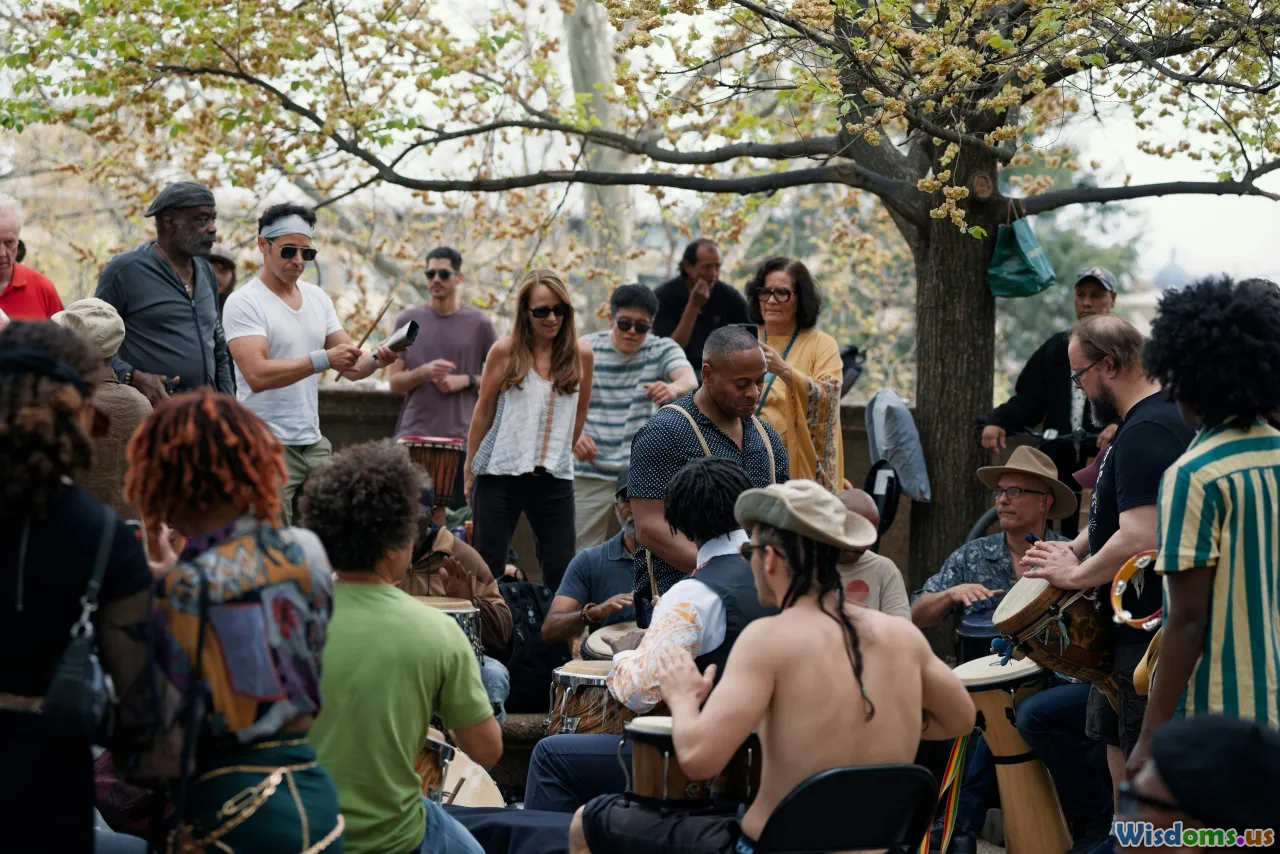
Accessible by design, narrow streets inherently level the playing field. Whereas car-focused thoroughfares privilege drivers, tighter blocks give equal weight to seniors with canes, parents pushing strollers, or wheelchair users. The incremental pace of movement also encourages encounters across social strata and backgrounds—crucial for community cohesion.
Consider the social experiment in Bogotá’s La Candelaria district, where street furniture and art installations transformed reduced-width streets into micro-commons for music performances and group activities. Surveys after the intervention revealed a marked improvement in perceived safety, intergenerational mingling, and the representation of lower-income groups downtown.
Key Takeaways for Equitable Streets:
- Invest in plenty of benches, drinking fountains, and shade structures.
- Design for universal accessibility, keeping curbs and thresholds minimal.
- Celebrate cultural or neighborhood-specific elements in street art and signage.
Resilience and Disaster Response
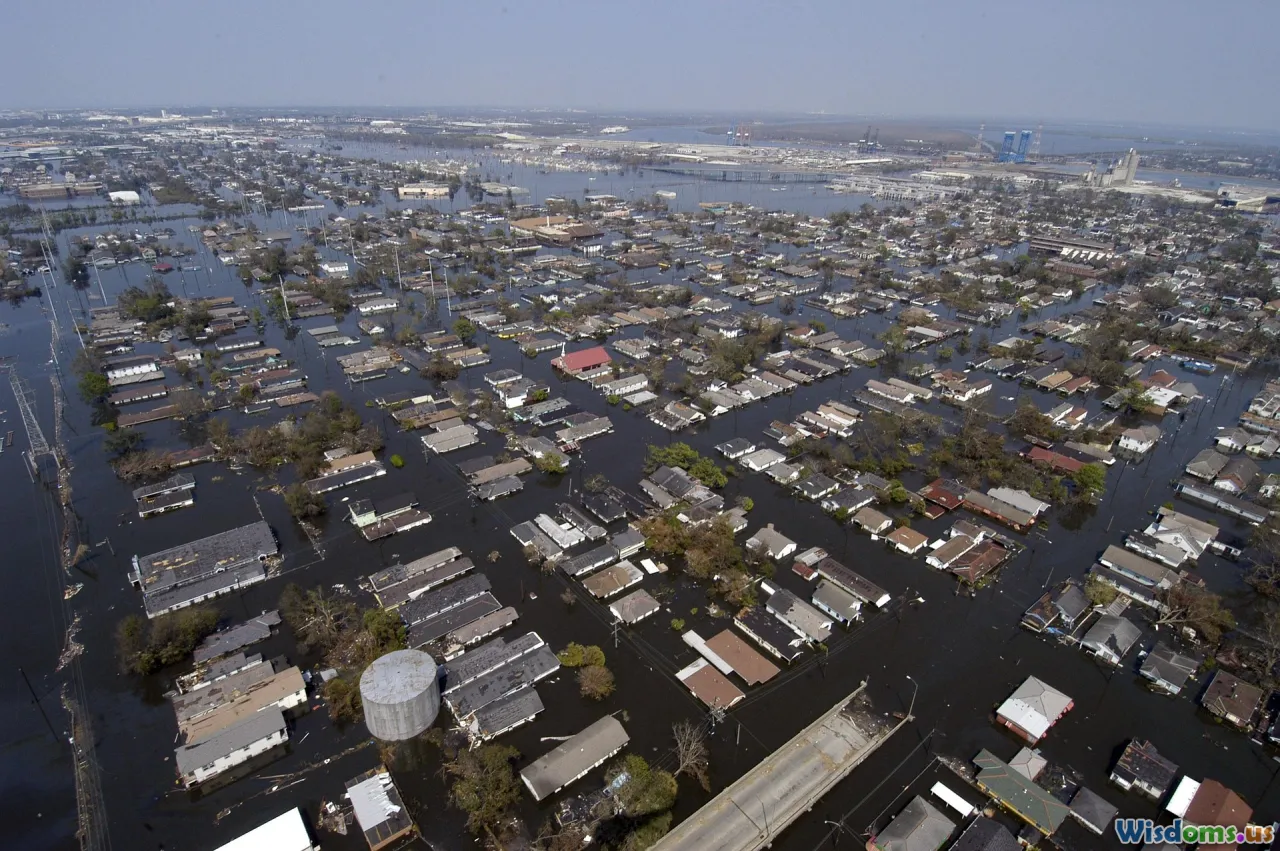
At first blush, narrow streets might seem problematic for emergency vehicles or disaster response, but recent crises have proven otherwise. Well-designed narrow streets, with frequent intersections and a dense grid, often provide redundancy headlines paths during extreme events. In Tokyo, emergency responders rely on an intricate network of compact lanes to bypass congestion and reach incident sites faster than on busy main roads.
Furthermore, in moments of disaster—be it a heatwave, blackout, or earthquake—these streets can transform into pop-up refuges with temporary shade structures or mobile clinics. Their scale ensures they can be easily closed off for pedestrian use or relief staging without crippling city mobility.
Disaster-Ready Street Features:
- Curb radii designed to accommodate smaller emergency vehicles.
- Clear, universal wayfinding to expedite emergency navigation.
- Built-in modular elements (like moveable bollards or pop-up shelters) for adaptability.
A Canvas for Creative Use and Urban Innovation
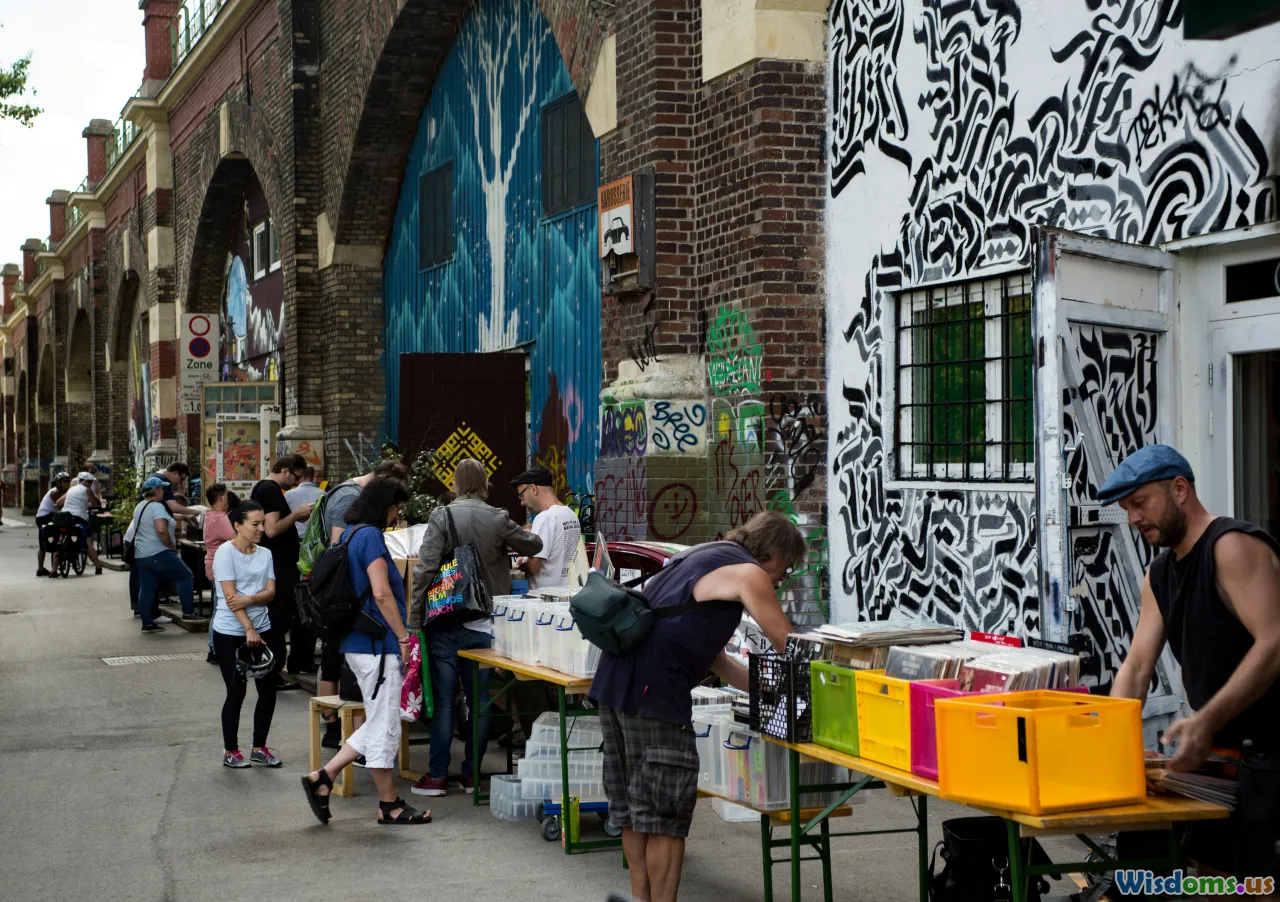
The intimacy of narrow streets provides fertile ground for experimentation—art, innovation, and public events flourish where the human eye can comprehend the entirety of a space. In Melbourne, Australia, the alleys known as “laneways” have become iconic destinations thanks to bold street art, spontaneous performance, and immersive light installations.
These spaces breed flexibility; temporary programming adapts to needs and culture, whether it’s a Night Market, Pride Parade, or outdoor movie festival. During the COVID-19 pandemic, cities like Vilnius, Lithuania rapidly repurposed downtown lanes for socially distanced dining, demonstrating unmatched adaptability.
Urban Innovation Insights:
- Work with local artists and planners to schedule rotating installations or pop-ups.
- Activate streets day and night with dynamic lighting and interactive elements.
- Facilitate permits for experimental or short-term uses—make creative use frictionless.
Challenging The Myths: Capacity and Practicality
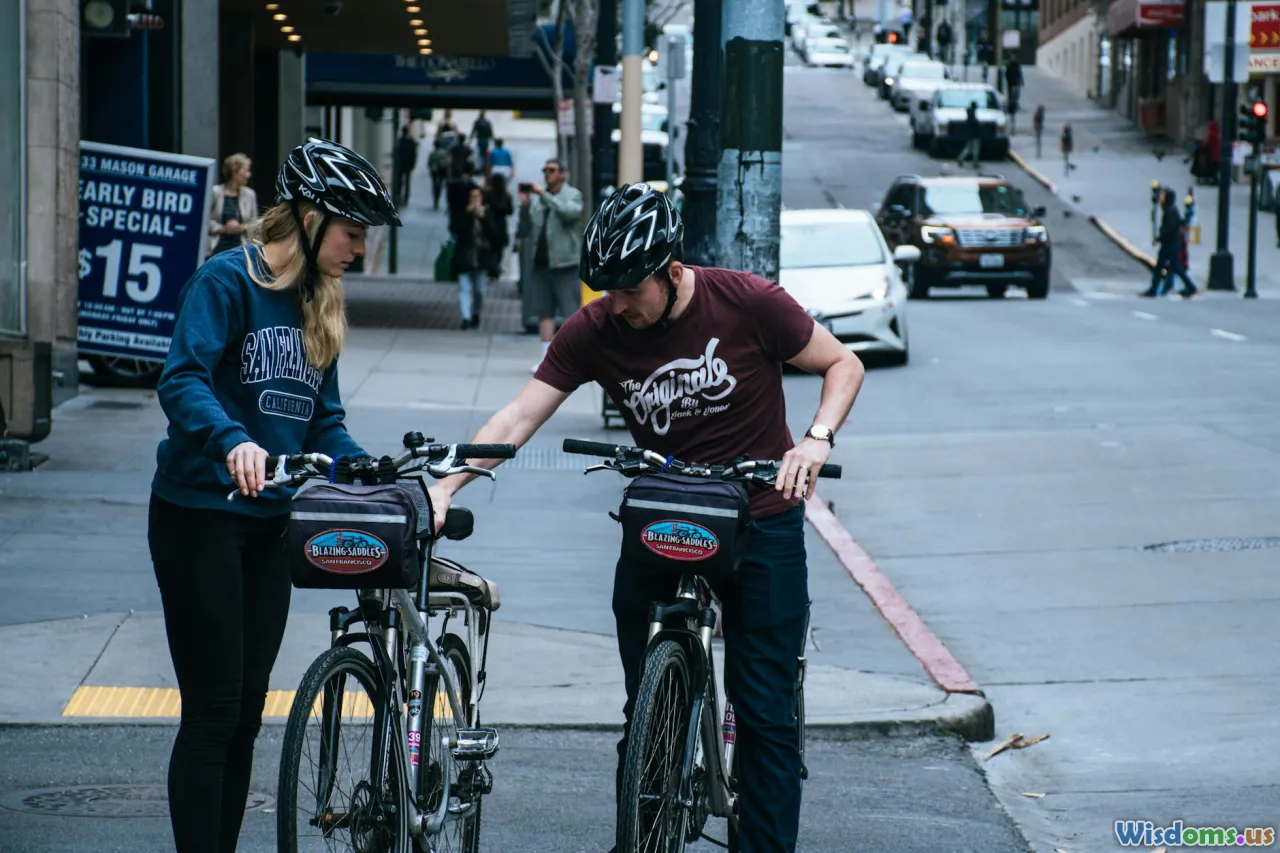
A persistent myth is that narrow streets simply can't accommodate today’s traffic flows or modern logistics. Yet data and practical case studies say otherwise. Multi-modal mobility—efficient transit, bike lanes, rideshare, and goods deliveries—works especially well on streets where speed is moderated and design encourages timed unloading and shared space.
The success of Barcelona’s "Superblock" model is compelling: by clustering nine standard blocks and dramatically tightening internal vehicle access, the city curbed through-traffic while massively boosting throughput for bikes, pedestrians, and transit. Businesses enjoy better shipping routines thanks to dedicated loading windows, cyclist injury rates have plummeted, and pollution levels have dropped 33% in transformation zones.
Strategies for Capacity:
- Schedule delivery and service windows during off-peak hours.
- Integrate micro-mobility rental stations at street entrances.
- Retrofit for shared mobility by supporting drop-off and access zones, not just parking.
Fostering a Sense of Place and Belonging
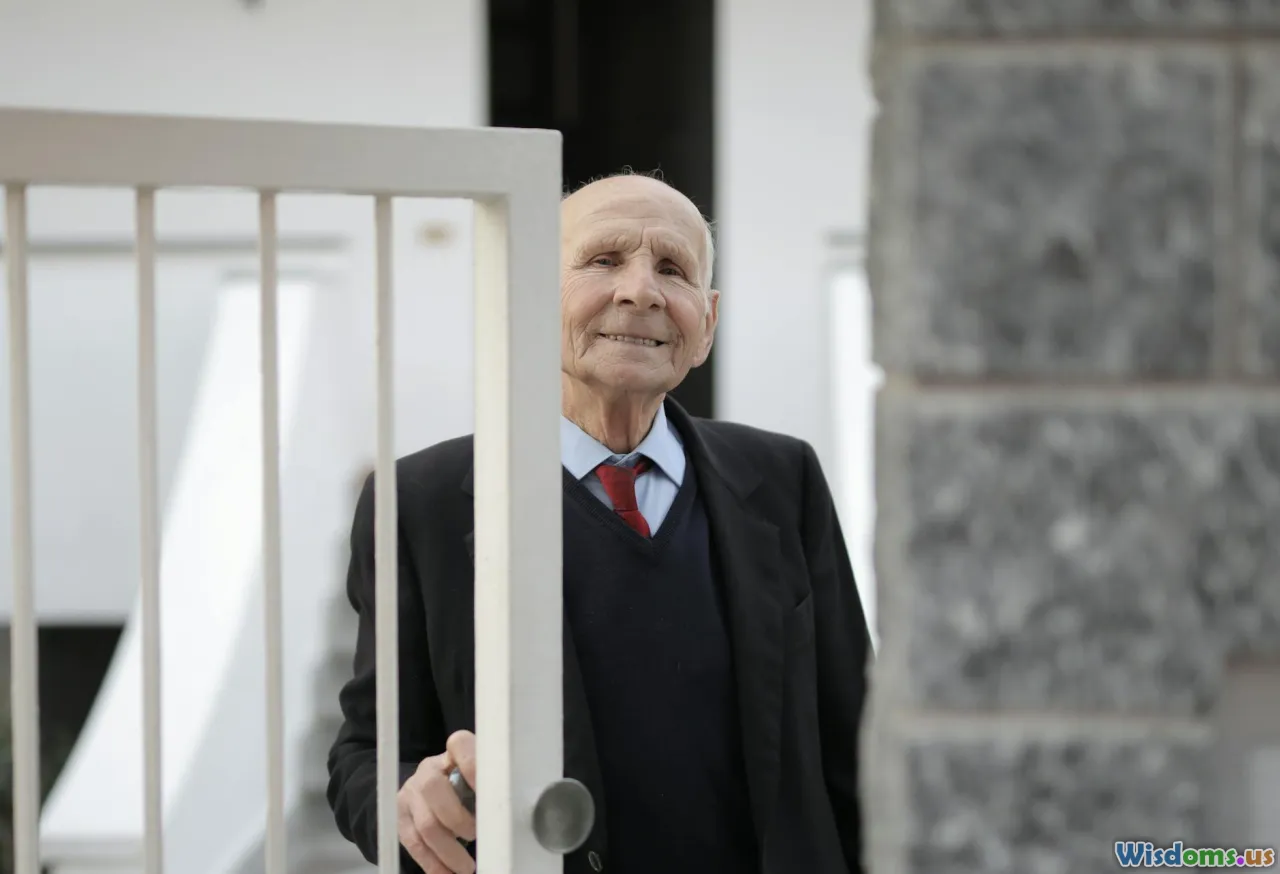
There is something undeniably magnetic about a well-designed narrow street. It activates the senses, cultivates a strong sense of place, and invites repeated exploration. Residents often report deeper neighborhood attachment—a phenomenon sociologists connect to "civic pride"—when they live near these urban passages.
In New Orleans’ French Quarter or Istanbul’s backstreets, narrow corridors frame vibrant murals, old-growth trees, and bursts of flower boxes. The texture and rhythm of architectural details invite daily discovery. Nonprofits like Project for Public Spaces consistently find that areas with human-scaled streets have higher volunteer participation and neighborhood stewardship, as residents feel they are part of an ongoing urban story.
Enhancing Urban Belonging:
- Encourage local adoption with micro-grants for beautification or events.
- Involve resident associations in street planning and programming.
- Highlight local stories through plaques, oral histories, or guided walking tours.
Urbanists and residents alike are rediscovering the transformative potential of narrow streets. Far from an anachronism, these vibrant, flexible corridors offer a blueprint for livable, inclusive, and resilient downtowns. Instead of sacrificing efficiency or modernity, embracing narrow street design delivers a safer, healthier, and economically robust core. The opportunities for connection, culture, and creativity—seen from Paris to Tokyo to New Orleans—remind us that greatness isn’t always measured by how wide we build, but by how well we connect.
Rate the Post
User Reviews
Popular Posts










